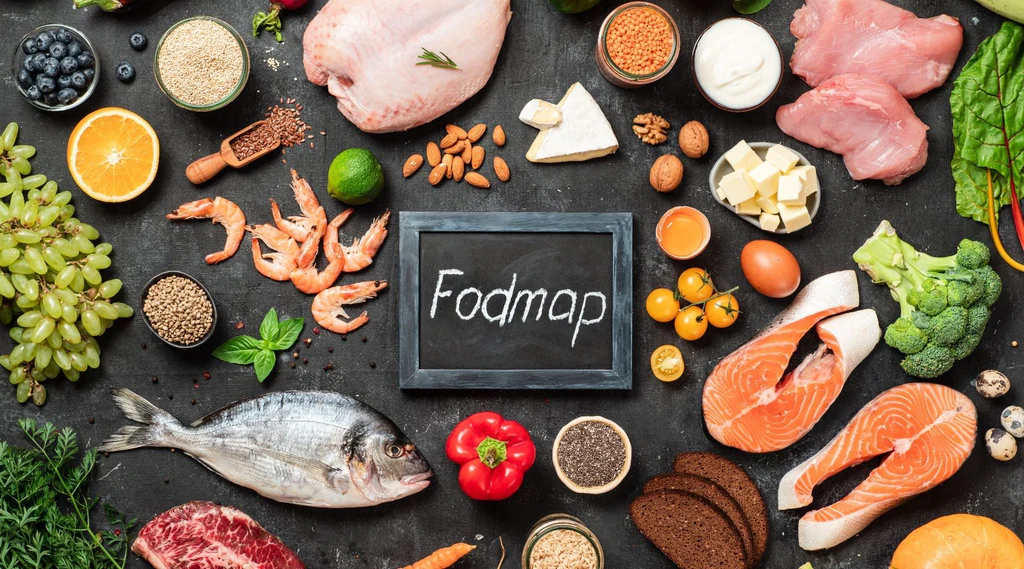If you have IBS (irritable bowel syndrome), a gastrointestinal or GI condition characterized by constipation or diarrhea, gas, and cramping, your doctor might have advised following what is referred to as a low-Fodmap diet so as to minimize the symptoms.
The diet aims to eliminate problematic foodstuffs, then re-add food that suits your body. Although most individuals find the diet relieving, it might be hard to follow, especially for those doing it for the first time.
What Fodmap Stands For
So what does Fodmap stand for? It normally stands for fermentable, oligosaccharides, disaccharides, monosaccharides, and polyols. These are short-chain sugars or carbohydrates, which small intestines poorly absorb.
Some individuals experience digestive issues or distress after taking the Fodmap diet. Apart from diarrhea, gas, constipation, and cramping, you may also experience the following:
- Flatulence
- Stomach bloating
How It Works

The Fodmap diet mainly works in three stages. The first one is the elimination of Fodmap from the diet. This may actually be hard because foodstuffs have Fodmaps in different quantities. If you take a diet with plant-based foodstuffs, it may be impossible to have no Fodmap diets.
The second phase is called the reintroduction stage. In this, every Fodmap subgroup is separately challenged to know which groups are a problem and what your tolerance is. Once you have these details, you may proceed to phase three.
Stage three is called liberation. In this, you will introduce foodstuffs, which went well. The diet you will end up with is not a low-Fodmap diet. Though it is personalized so you may limit foodstuffs, which causes symptoms.
Who Can Benefit from Fodmap Diets
Low-Fodmap diets are usually prescribed for a limited period for individuals diagnosed with SIBO (small intestinal bacteria growth) and IBS.
Some studies show that most individuals living with either of these conditions benefit from the Fodmap diet. You may as well use it as a short-term diet for anyone with digestive issues and are looking to eliminate foodstuffs, which causes their symptoms.
Low Fodmap Foodstuffs
The foodstuffs on low Fodmap diets can be healthy and delicious. They are as well perfect for general digestive health because they have soluble fiber, which may reduce gas, nausea, diarrhea, or constipation and improve the function of GIT. Some of these foodstuffs are:
- Oranges
- Lettuce
- Eggs
- Peanuts
- Oats
- Carrots
- Bell peppers
High Fodmap Foodstuffs

You might want to refer to a healthcare provider or dietitian for more details, as this isn’t a conclusive list. But here are examples of high Fodmap foodstuffs:
- Lentils
- Onion
- Leek
- Garlic
- Barley
- Wheat
- Legumes
- Rye
Kickstarting Fodmap Diets
Immediately you’re diagnosed with any digestive condition by a dietitian or doctor, the best way to kickstart your diet is through low-Fodmap meals. This diet can help you get relief from symptoms and the outcome you really deserve.
In a Nutshell!
Fodmap is a short-chain sugar or carbohydrate, which moves through the intestines undigested. Most foodstuffs, which have Fodmaps, are regarded as healthy. And some Fodmap diets work like a healthy prebiotic fiber, which supports your gut bacteria.
So individuals who are able to tolerate these kinds of sugars must avoid them. But for individuals with a Fodmap diet intolerance, foodstuffs high in these sugars can result in unpleasant digestive problems and must be restricted or eliminated.
